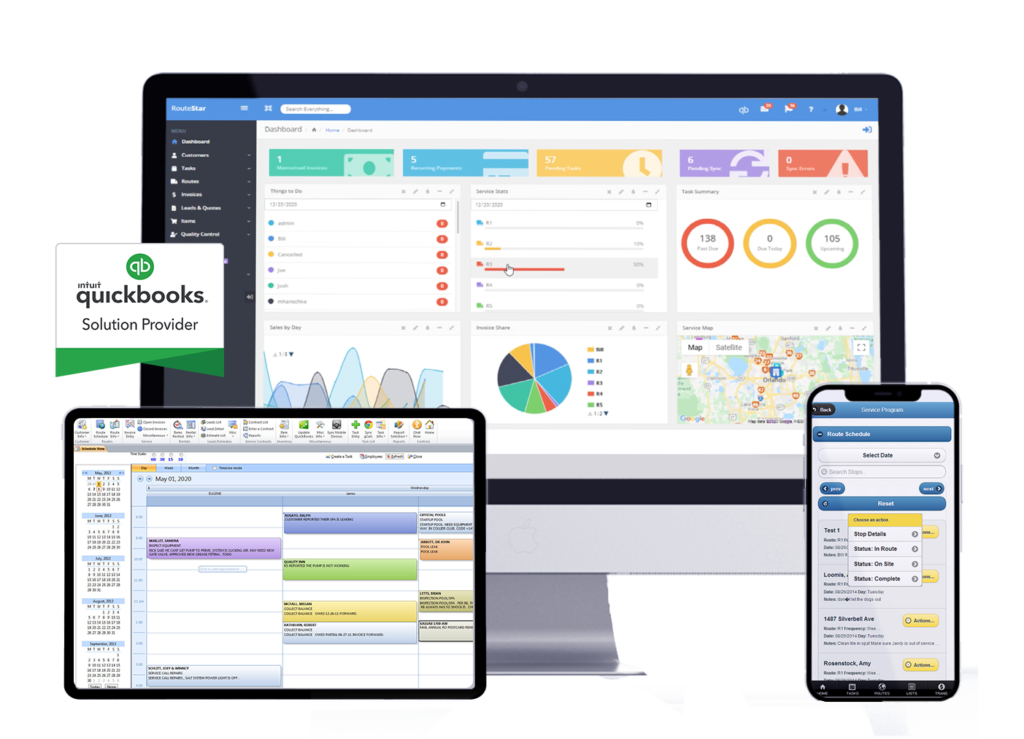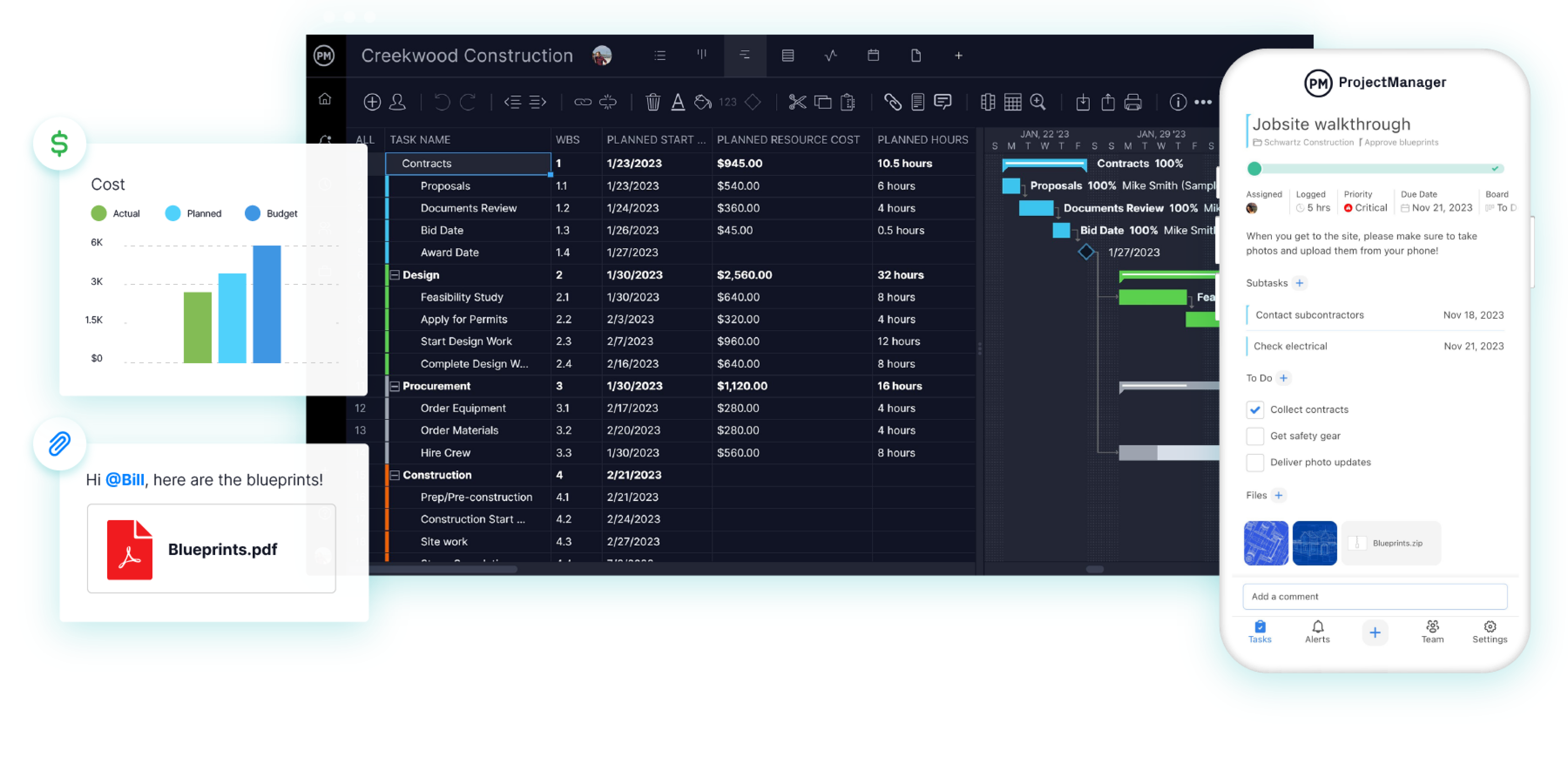Advanced Building Management Software Program: Enhancing Productivity and Partnership in the Industry
In a sector where accuracy and effectiveness are extremely important, the combination of advanced building and construction administration software program has transformed the way tasks are intended, performed, and checked. By supplying real-time task tracking capacities, boosted source allowance features, and smooth interaction systems, these software application solutions have become vital devices for construction professionals intending to raise their performance and foster more powerful synergy.
Advantages of Advanced Construction Software Application
The application of advanced building software application significantly boosts efficiency and job end results within the construction sector. Through features like automated scheduling, real-time cooperation tools, and data analytics, task supervisors can more efficiently strategy, track, and screen job progress.
In addition, advanced building software assists enhance communication and cooperation amongst task stakeholders. With streamlined systems for sharing task records, tracking adjustments, and interacting updates, teams can work a lot more cohesively in the direction of common project goals. This promotes better decision-making, minimizes the possibility of mistakes, and improves general job top quality.
Moreover, progressed building and construction software application provides understandings via data analytics that can aid recognize fads, maximize procedures, and minimize risks. By leveraging data-driven intelligence, building companies can make even more educated choices, adjust to altering job characteristics, and inevitably drive far better job results. On the whole, the benefits of sophisticated building and construction software contribute in boosting efficiency, cooperation, and job success within the building industry.
Real-Time Task Monitoring Capacities
With the seamless assimilation of real-time job tracking capabilities, construction teams can efficiently check development, enhance decision-making, and ensure project timelines are fulfilled. Real-time task monitoring permits stakeholders to accessibility current details on numerous aspects of the construction task, including task completion condition, source allowance, and possible bottlenecks. This level of openness cultivates partnership among employee, subcontractors, and clients, bring about boosted communication and quicker issue resolution.
In addition, real-time task tracking provides project supervisors with the necessary data to make enlightened choices quickly. By having instant access to essential efficiency indications and task metrics, managers can determine concerns early, execute restorative actions, and optimize project process. This aggressive approach aids in avoiding hold-ups, reducing expenses, and ultimately boosting general job performance.

Boosted Source Allocation Attributes
Using sophisticated resource allowance devices improves building task monitoring procedures and maximizes workforce performance. These attributes allow job managers to appoint jobs, devices, and products with accuracy, making sure that sources are used properly (construction project management software). By having a central system that provides real-time visibility into source availability and demands, building groups can make enlightened decisions quickly, preventing hold-ups and price overruns
Enhanced try this source allotment attributes also facilitate far better cooperation amongst employee. With clear tasks and transparent source circulation, every private recognizes their duty and duties, cultivating teamwork and liability. This brings about improved communication and coordination, eventually boosting efficiency and project outcomes.

Improved Communication Systems
Enhancing interaction platforms in building and construction monitoring software program substantially improves task coordination and effectiveness. By incorporating functions such as real-time messaging, documents sharing, and job jobs, groups can work together perfectly despite their physical places. With boosted communication systems, stakeholders check out this site can obtain immediate updates, share vital papers, and discuss project information right away, leading to quicker decision-making processes.
Additionally, these sophisticated communication devices enable for much better openness and liability within building tasks. Staff member can track development, provide comments, and address issues without delay, cultivating a much more collaborative and productive job environment. Furthermore, having systematized interaction channels within the construction management software application lowers the risk of miscommunication and guarantees that all staff member get on the very same page.
Simplifying Workflows for Performance
Efficient workflow streamlining is vital in optimizing efficiency within building and construction administration software program systems. By implementing structured workflows, building and construction business can get rid of traffic jams, lower mistakes, and make sure that jobs progress efficiently from beginning to end. One means to achieve this is by automating recurring jobs such as job scheduling, source allotment, and progress monitoring. Automation not just saves time however likewise minimizes the threat of human mistake, causing a lot more efficient job shipment. construction project management software.
Additionally, incorporating different aspects of job administration, such as budgeting, document administration, and communication, right into a single system can further simplify operations. This combination enables for real-time collaboration and data sharing among staff member, eliminating the demand for manual information access and ensuring that every person is dealing with the most updated info.

Conclusion
In final thought, progressed construction administration software application uses numerous advantages such as real-time job monitoring, boosted resource allotment, boosted communication platforms, and structured operations. Generally, advanced building software plays an essential function in enhancing efficiency and success in building jobs.